

Liquid Silicone for Heat Transfer Label Printing and Transfer Stocker
Basic Info.
| Model NO. | ThS-1340T |
| Trademark | TINHU |
| Origin | Guangdong |
| HS Code | 3901100001 |
| Production Capacity | 5000tons/Per Month |
Product Description
Liquid Silicone For Heat Transfer Label Printing Features
High Quality Silicone Ink For Label Making THS-1340T is a two-component addition-molded liquid silicone rubber. It has excellent weather resistance, good dimensional stability, moderate hardness, good fluidity, high transparency, non-toxic and environmentally friendly, and good adhesion to various textile fabrics. , Heat resistance up to 250 ºC or more, widely used in the production of clothing signs.
The main technical parameters:
| project | value | |
| Before curing | Exterior(Base rubber/Hardener) | Translucent/Colorless viscous liquid |
| Viscosity(Base rubber/Hardener)/mPa.s | 70000/3000 | |
| Operating time(25ºC)/min | 90 | |
| After curing | Hardness/Shore A | 42 |
| Density/g.cm-3 | 1.10 | |
| Tensile Strength/MPa | 5.0 | |
| Elongation/% | 260 | |
| Tear strength/kN.m-1 | 15 | |
| Linear shrinkage/% | 0.1 | |
Clothing embossed silica gel can be used for the production of clothing trademarks,but also for cloth pressing and pressing.It can be used as auxiliary material for clothing production,and can also be used as logo.
Attention:
This product is a platinum catalyst.Water,impurities,organic tin catalysts such as condensation gums,acids,alkalis and other organic compounds containing sulfur,phosphorus and nitrogen may aggect the curing of the gums.Do not mix or contact these substances during use.
Use method:
1. Mixing: The rubber material and curing agent are mixed at a weight ratio of 10 : 1 (the amount of curing agent will increase the curing agent will slow down the curing speed). The mixing can be performed manually or by using a stirring device.2. Defoaming: The mixed compound should be degassed under vacuum before making a label or printing a trademark on the fabric. Under vacuum, the rubber volume can increase 4-5 times. Therefore, the defoaming container should be 4-5 times larger than the rubber volume. After a few minutes, the rubber volume returns to normal. When no bubbles escape on the surface (about Ten minutes) is the end of defoaming, and it can be carried out in a vacuum dryer when using a small amount.3. Molding: After defoaming, the glue can be dispensed or scraped. The glue can be injected into the mold and heated to form.
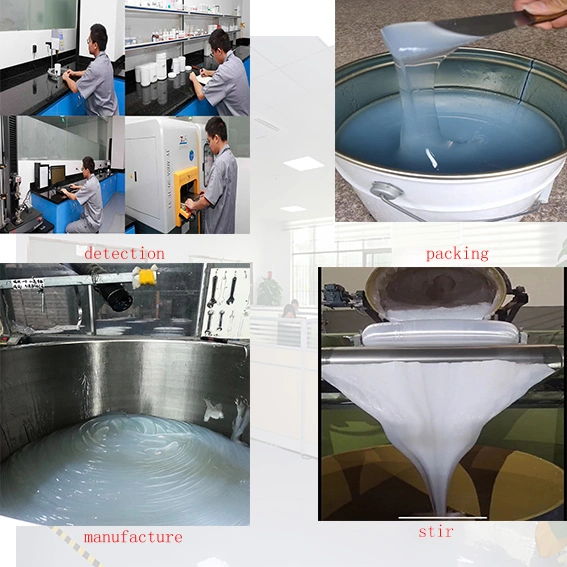
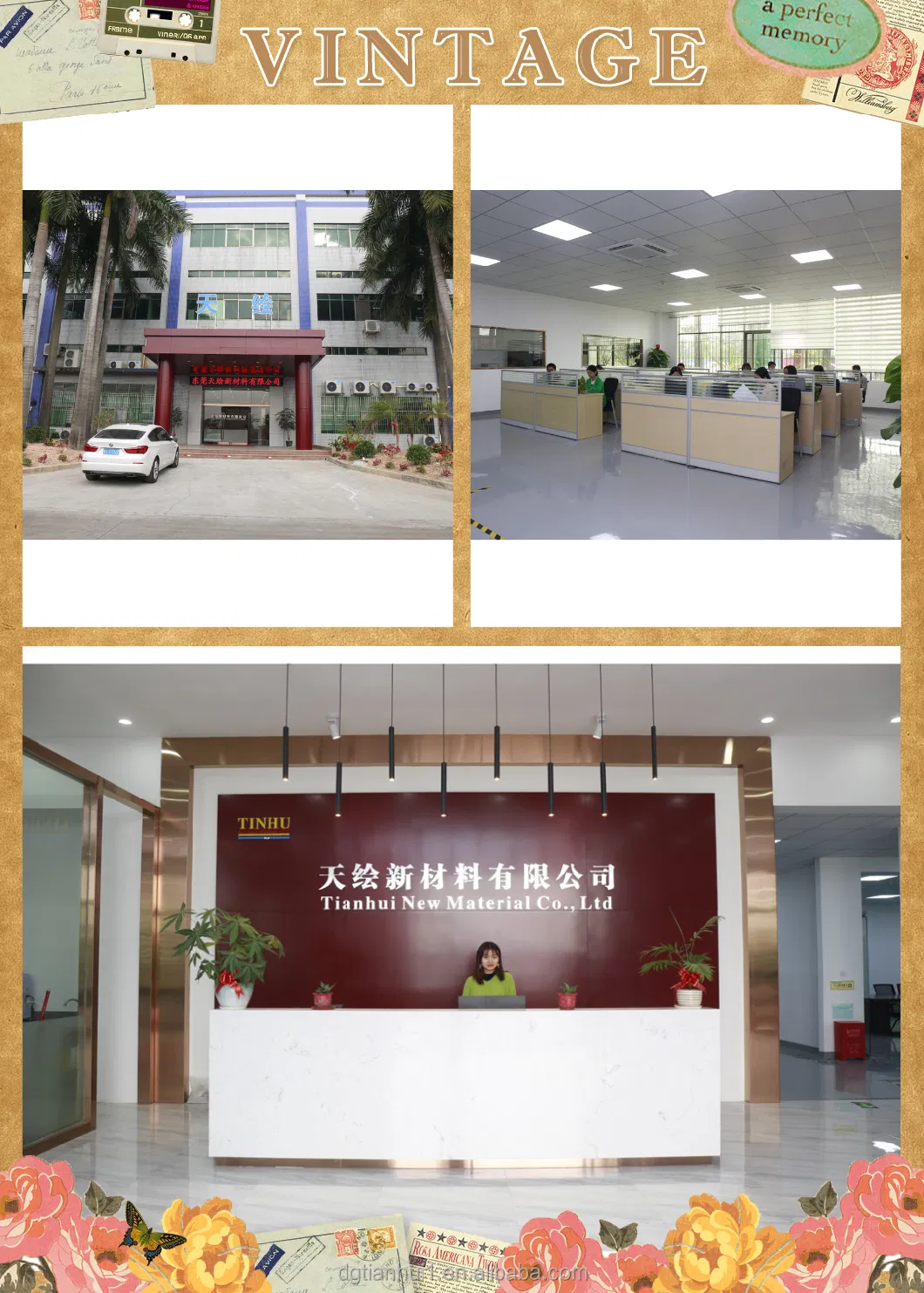
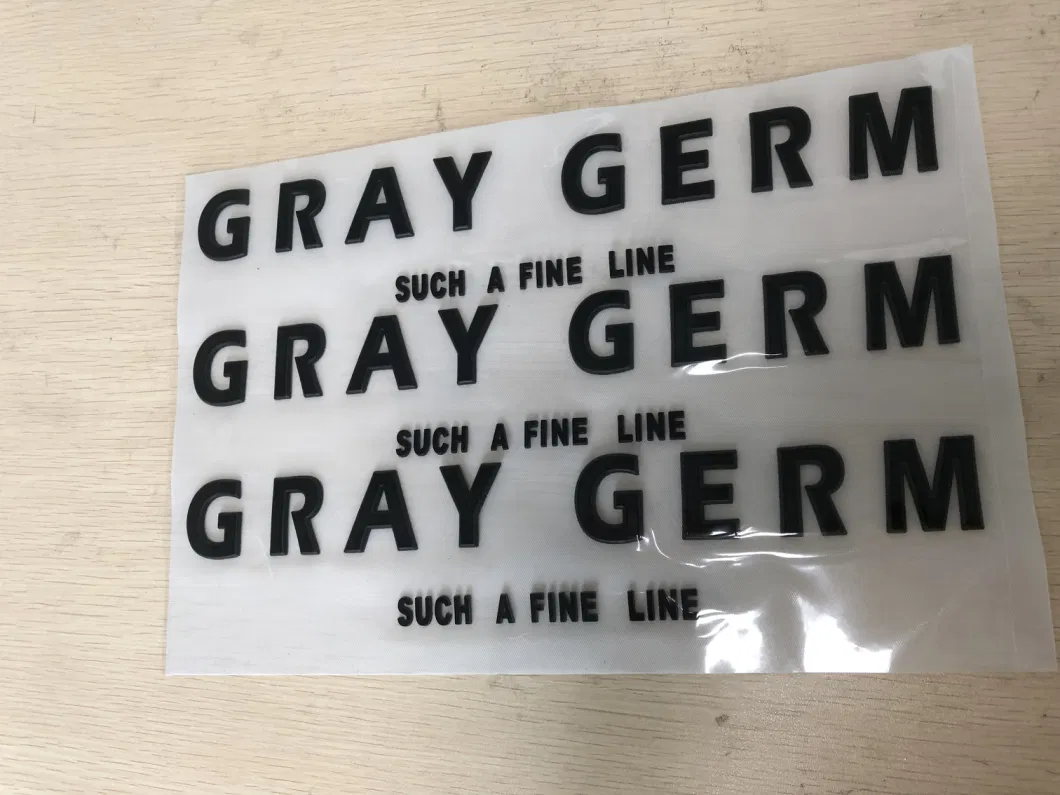
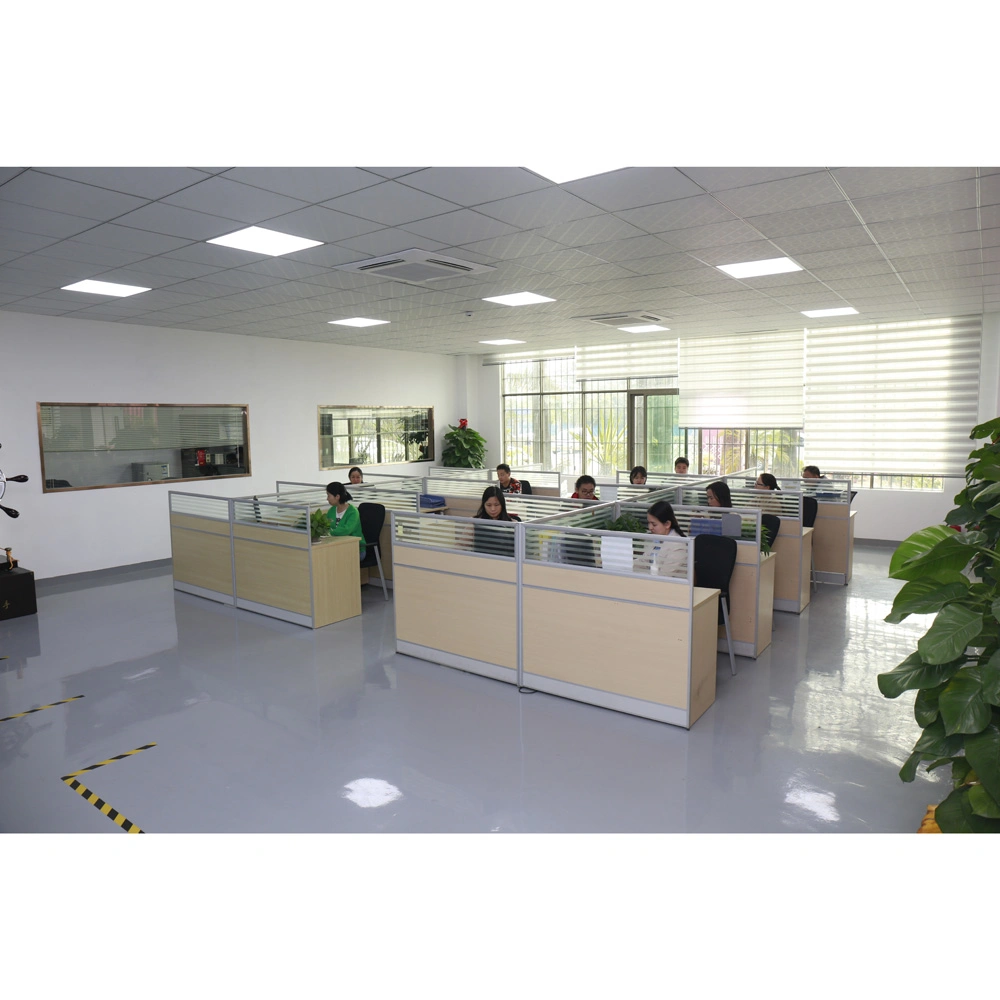
Certificate
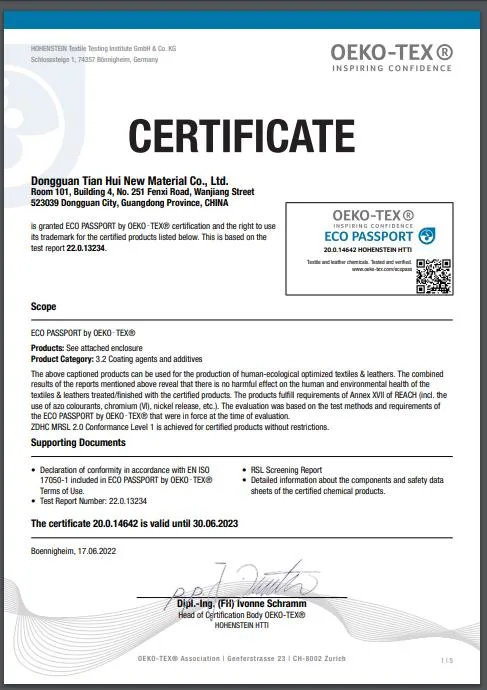
Packaging, storage and transportation and precautions
• The base rubber in this series is packed in 20kg / per iron can.• This series of products should be stored in a dry, ventilated and cool place to prevent rain and sunlight.• Avoid contact with condensation type silicone rubber curing agents during operation. Also likely to cause the compound to not solidify are amines, sulfur and phosphorus compounds, and some metal salts. Avoid moisture ingress during use.• The storage period of this series of products is one year, and the fluidity can be restored under the action of shearing force (strong stirring). It is recommended that the rubber material be stirred in a container first, and then added with a curing agent and stirred evenly. It can still be used after passing the retest.Lead Time :
| Quantity(Kilograms) | 1 - 200 | >200 |
| Est. Time(days) | 3 | To be negotiated |
About us
When I choose a product,I want to know the manufacturer of the product to verify that my product is of high quality.So I also prepared our information for you, so you can choose us with confidence.
Main product
In addition to the main products, our materials can also be used as raw materials for many products, such as cables, cosmetic molds, mechanical supplies, waterproof supplies.








